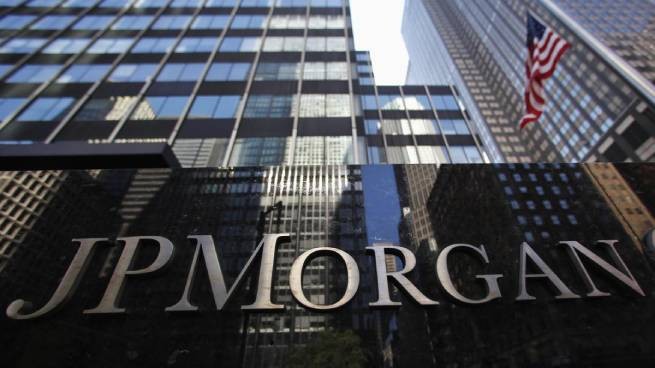While the government is exploring the possibility of changing labor laws with the possibility of changing the duration working day until 10 o’clock, Greece is under the threat of mass unemployment.
Greece, according to the ILO, already has the second highest unemployment rate among the 27 EU member states. According to the analysis of the Economic Development Bulletin of the Labor Institute GSEE, the forced reduction in working hours due to the pandemic, which affects workers in Greece, is equivalent to the loss of 492.9 thousand full-time jobs.
The loss of nearly half a million full-time jobs corresponds to 10.7% of the workforce and is covered either by reduced working hours of employees, or by suspension of employment contracts or by firing them. Considering that small and medium-sized enterprises envisage the closure of 200 thousand enterprises, it becomes clear that the loss of half a million jobs is not just a theory, but a new reality.
Now, in the midst of this risk of continued high unemployment, the Labor Department is proposing reallocation of working hours to save the resources of some large companies, this is an issue that should cover various sciences, from economics to psychiatry.
European “record”
The third and fourth quarters of 2020 saw a larger shift in the number of unemployed in all Member States due to the relaxation of some social distancing measures and the reopening of sectors that had been suspended until then. However, as they note, with the exception of the Baltic countries, the unemployment rate has not changed significantly. A temporary decrease in the unemployment rate in the summer months was followed by a slight increase in the winter months.
In December 2020, the official unemployment rate in Greece was the second highest in the eurozone after Spain, accounting for 15.8% of the labor force, while in the same month of 2019 it was 16.4%. The already high unemployment rate is especially important if we consider that the official unemployment rate estimate “does not take into account workers who have been suspended from work for more than three months or who earn less than 50% of their wages, who are included in the non-workers category. … Thus, the current state of the labor market can be statistically better reflected in the change in the number of employed and economically inactive. “
According to INE, the pandemic crisis did not have the same impact on people of all ages. Most affected were people aged 15 to 19 and 25 to 29 years old. While in other age groups the unemployment rate remains relatively stable, in these two groups it increases significantly. It is no coincidence that young people who do not work, receive education or any form of training are showing significant growth after the second quarter of 2020 with no particular prospect for improvement.
In the third quarter of 2020, the unemployment rate in Greece was the highest in Europe (19%). The rise in unemployment hit women aged 25-29 the most, from 25% in the fourth quarter of 2019 to 33% in the fourth quarter of 2020.






More Stories
More than 2 million taxpayers are at risk of seizure of accounts and assets
IOBE: Poverty threatens Greece
At what age does it start "third age"